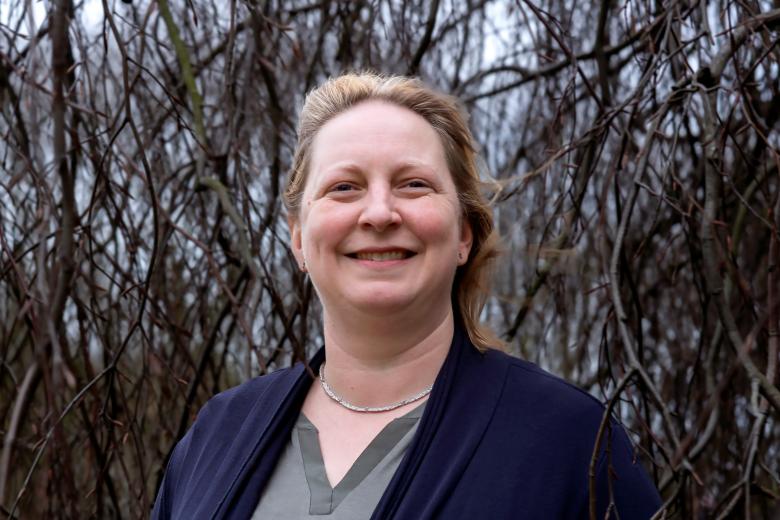Flowering plants reveal their evolutionary secrets
Researchers from across the world have mapped the genetic relationships of the majority of flowering plant genera. Maastricht University helped with this massive effort, which completes the tree of life of plants like never before. The famous scientific journal Nature published their research this week.
There was a time without flowers until 140 million years ago, when the first flowering plants evolved. Flower-based reproduction was a big success. Currently, 90% of all plants on Earth produce flowers, making flowering plants ecologically dominant. However, how did the first flowering plant evolve into the over 400,000 species that we see today? Researchers utilised genetic research and fossils to trace the history of around 60% of all flowering plant genera.
DNA
The research, led by the Royal Botanic Gardens in Kew, England, boosts our understanding of flowering plant evolution by a factor of 15. The genetic material of over 800 species was mapped for the first time, using new techniques capable of analysing DNA from centuries-old, dried remains of sometimes-extinct plants. According to the study, around 80% of all plant families emerged shortly after the 'invention' of the flower. Evolution continued at a reasonable, steady rate until the advent of new flowering species peaked around 40 million years ago. That surge in speciation coincided with a decrease in global temperatures.
Soursop
In Maastricht, Roy Erkens (evolutionary biologist at the Maastricht Science Programme) studied the tropical plant family Annonaceae. The family is known for fruits like soursop and cherimoya. Erkens on the findings: "The impact of an enormous meteorite, about 65 million years ago, caused the extinction of the dinosaurs. That worldwide catastrophe appears to have had little impact on the emergence of new flowering plants; their evolution has continued unabated. A few years ago, we already demonstrated this phenomenon for only the Annonaceae.
This study was conducted in collaboration with 279 scientists from 27 different countries. The scientists contributed their valuable plant samples as well as their unique plant knowledge. The findings significantly advance the study of biodiversity. The results and all data are openly and freely accessible to scientists and the public via the Kew Tree of Life Explorer.
Also read
-
DigiMach: Digital Transformation of the Machining Value Chain for Sustainable Growth
DigiMach is a transnational 3-year collaborative approach that will transform manufacturing across the Meuse-Rhine region by bringing AI, IoT, and robotics to small and medium-sized enterprises in the machining sector. The project will assist more than 150 SMEs to adopt smart, digital tools, through...

-
Working at UM: “a life-changing experience”
"I am proud that our new Circular Plastics group published its first completely in-house research," Kim Ragaert says. She founded the research group three years ago, when she moved to Maastricht. Her work has laid the foundations for many innovations in the field of plastic recycling, and she is...

-
How does the universe taste?
Gerco Onderwater investigates the flavour of the universe while guarding the flavour of the Maastricht Science Programme. On 31 May, during his inaugural lecture, he provided a pre-taste of his work in Maastricht.


